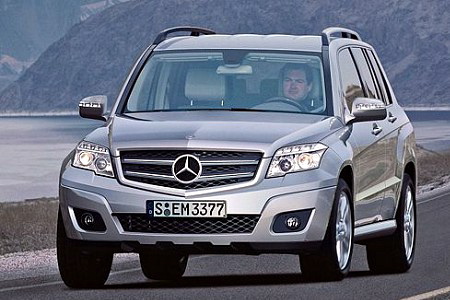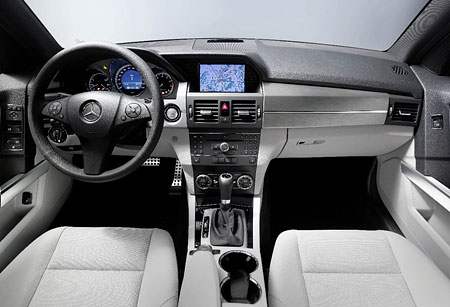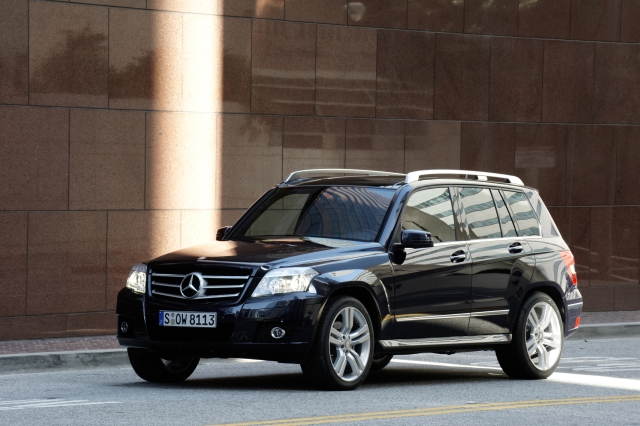All the base models in the GLK series At higher speeds, the assistance is reduced in favour of greater handling stability. Parking and off-road manoeuvring are made much easier because maximum power assistance is available. At the same time, the driver of the GLK is supported by speed-sensitive power steering, specified as standard for the V6 models, which provides the optimum level of steering assistance for the situation in hand. To ensure that this level of comfort is maintained when driving hard or performing abrupt evasive manoeuvres, in these situations the dampers deliver a harder performance, ensuring optimum handling stability.


In normal driving mode on moderately contoured roads or during slow off-road manoeuvres, the system responds softly, enhancing both the occupants' comfort and the vehicle's off-road capability. In this system, the damping forces of the shock absorbers are configured to respond flexibly rather than lineally. The solution is "amplitude-dependent damping". If the vehicle is set up with softer dampers to ensure suspension comfort and off-road capability, dynamic handling naturally suffers.
 If the focus is on sporty, active handling, the suspension and, above all, the shock absorbers need to display a certain firmness, which precludes access to the brand's typical suspension comfort and limits the off-road options. The AGILITY CONTROL suspension on which the Mercedes-Benz GLK-Class is founded displays a high level of flexibility and resolves a conflict of aims that particularly affects the SUV class, where chassis engineers want to create a vehicle that is both sportily agile and comfortably smooth yet one which can also cope with off-road terrain.
If the focus is on sporty, active handling, the suspension and, above all, the shock absorbers need to display a certain firmness, which precludes access to the brand's typical suspension comfort and limits the off-road options. The AGILITY CONTROL suspension on which the Mercedes-Benz GLK-Class is founded displays a high level of flexibility and resolves a conflict of aims that particularly affects the SUV class, where chassis engineers want to create a vehicle that is both sportily agile and comfortably smooth yet one which can also cope with off-road terrain.
 If the focus is on sporty, active handling, the suspension and, above all, the shock absorbers need to display a certain firmness, which precludes access to the brand's typical suspension comfort and limits the off-road options. The AGILITY CONTROL suspension on which the Mercedes-Benz GLK-Class is founded displays a high level of flexibility and resolves a conflict of aims that particularly affects the SUV class, where chassis engineers want to create a vehicle that is both sportily agile and comfortably smooth yet one which can also cope with off-road terrain.
If the focus is on sporty, active handling, the suspension and, above all, the shock absorbers need to display a certain firmness, which precludes access to the brand's typical suspension comfort and limits the off-road options. The AGILITY CONTROL suspension on which the Mercedes-Benz GLK-Class is founded displays a high level of flexibility and resolves a conflict of aims that particularly affects the SUV class, where chassis engineers want to create a vehicle that is both sportily agile and comfortably smooth yet one which can also cope with off-road terrain.